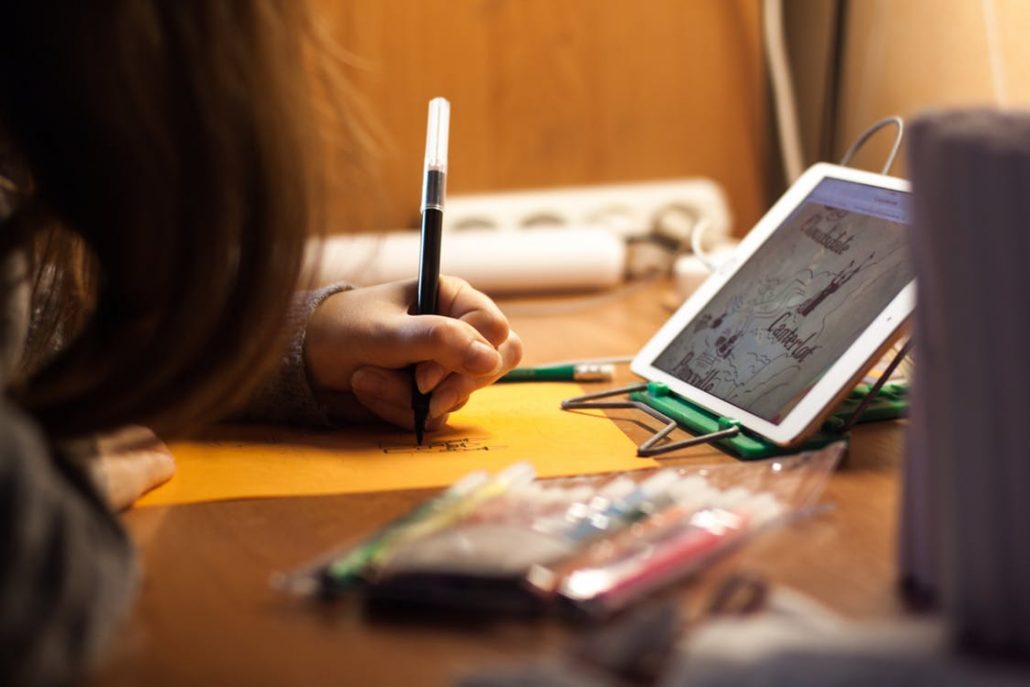Note Taking November: For the Elementary Classroom

For elementary schoolers, note taking as a reading or comprehension strategy is likely unfamiliar, and for a legitimate reason—many younger learners are just beginning to get comfortable in their reading abilities at this stage. Many children view reading as a mundane task; however, if students begin to look at reading material as a vessel for knowledge, they may change how they read for such information. Reading skills, particularly the ability to extract, analyze, and interpret relevant material, can be improved as students learn proper note-taking practices.
For elementary-age learners, taking notes while reading probably seems like an added burden on an already difficult task. Therefore, when introducing the concept, be sure to frame the instruction with expectations, benefits, and models of how the note taking should look.
- Explain that note taking while reading is a practice that will take time—elementary schoolers should expect to practice this skill consistently before it becomes second nature.
- They should also expect their notes to be messy, which is why pencil is a must. Begin the note-taking process by simply recording a stream of thought while reading.
- Encourage students to mark up words and phrases that are:
- unfamiliar or confusing,
- bolded, italicized, or repeated,
- indicate the author’s purpose,
- signify an important moment or realization,
- present an interesting fact or take-away. Use these opportunities as a means of teaching context clues—if the term is unfamiliar, ask students if anything around the word or phrase provides insight into the unknown word’s meaning. Encourage them to brainstorm and experiment with possible word meanings until they land on something that makes logical, grammatical sense.
- Elementary schoolers should also feel comfortable asking “why?” while reading. Encourage them to add question marks to areas of text that they don’t understand or don’t see the relevance.
- Model the practice of close reading and active note taking with students regularly. For the most part, note taking is an unfamiliar skill for elementary-age kids. When modeling the process, start small. Perhaps you begin by using a text that students have read before. This sense of familiarity will promote risk-taking and allow students to feel more comfortable tackling the text with their thoughts and observations. As you move through the text together, show them how to refer back to earlier notes if they have made connections or discovered an answer to a previous notation or question.
- Inform students of the benefits of note taking. They will be surprised to know that notes can mean an easier time when rereading or skimming while studying. If students get in the habit of taking copious notes, most of the studying “leg work” will be done ahead of time. Their notes should also act as place markers, meaning that any content that struck them as important or especially tricky should be highlighted to indicate that it is vital to review. Also, let young readers know that note taking is a deliberate practice that ensures focus, comprehension, and other active reading skills on behalf of the reader. If your mind is disengaged or drifting, there is no way that you will be able to maintain substantial notes or annotations.



